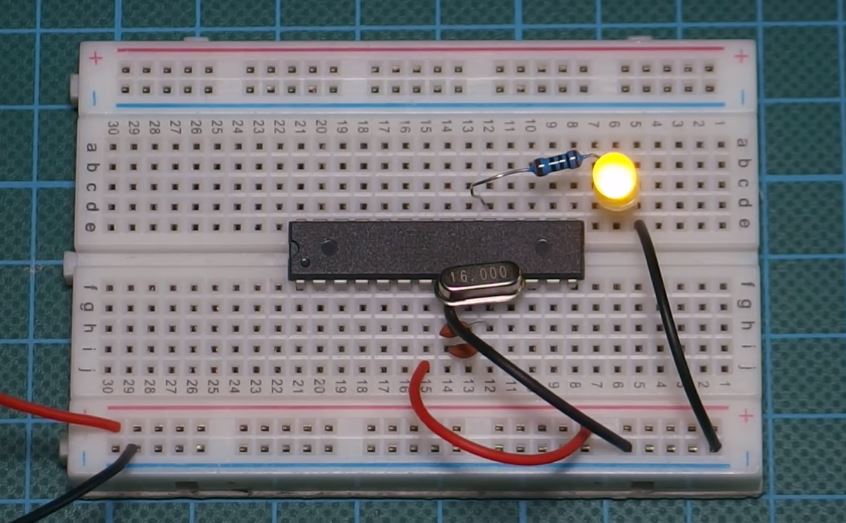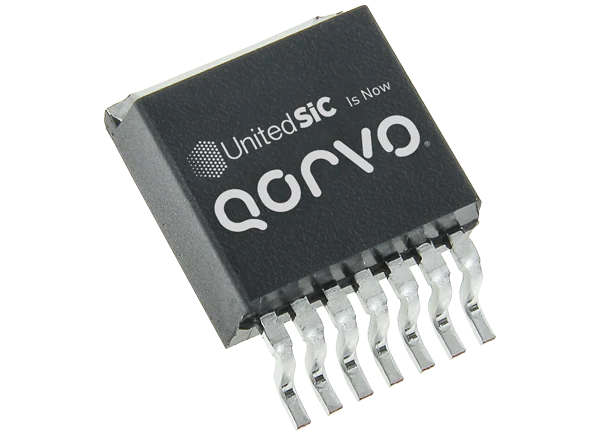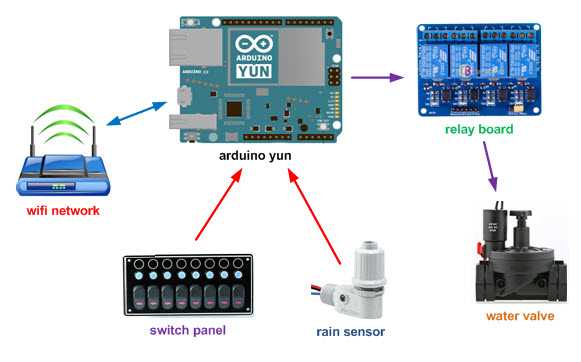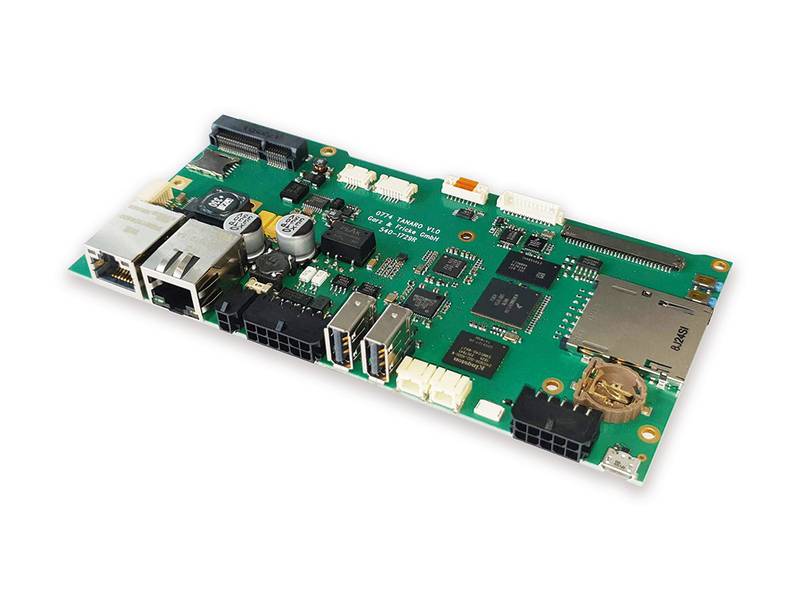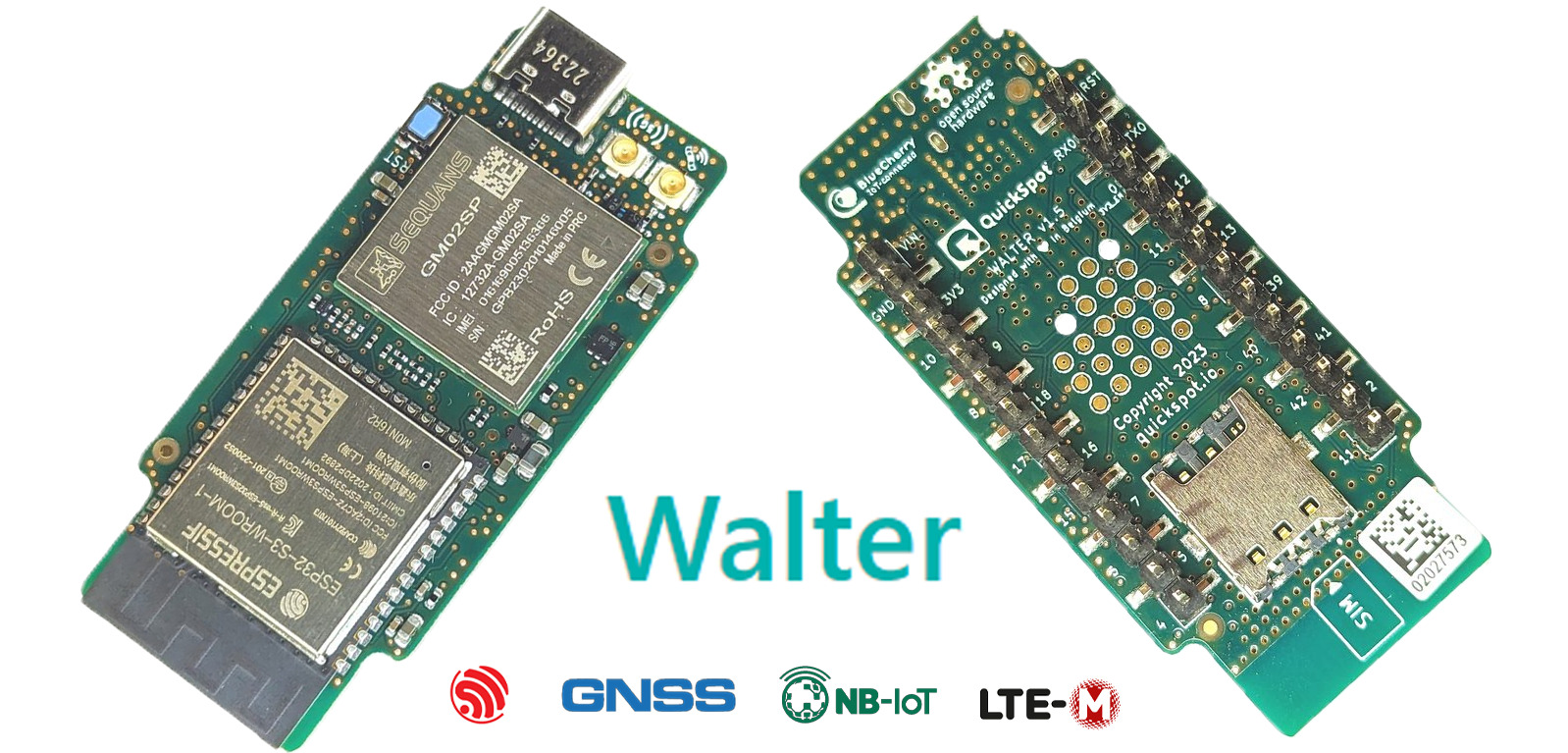
A certified ESP32-S3 module with LTE-M, NB-IoT, and GNSS for prototyping and production
Walter is an ESP32-S3-based IoT system-on-module supporting LTE-M/NB-IoT 5G and GNSS. This compact device is certified for FCC, CE, Australia SDoC, and New Zealand SDoC, so this module can be used for prototyping and production.
This compact little board is built around the ESP32-S3, which has dual-core Xtensa LX7, 2 megabytes of PSRAM, and 16 megabytes of flash memory. The board supports various peripherals, including UART, SPI, I2C, CAN, Wi-Fi b/g/n, and Bluetooth 5.
Walter also features the second-generation GM02SP with the LTE-M/NB-IoT 5G modem and GNSS receiver. You need to connect an external antenna for the GNSS and LET-M radio to stable operations.
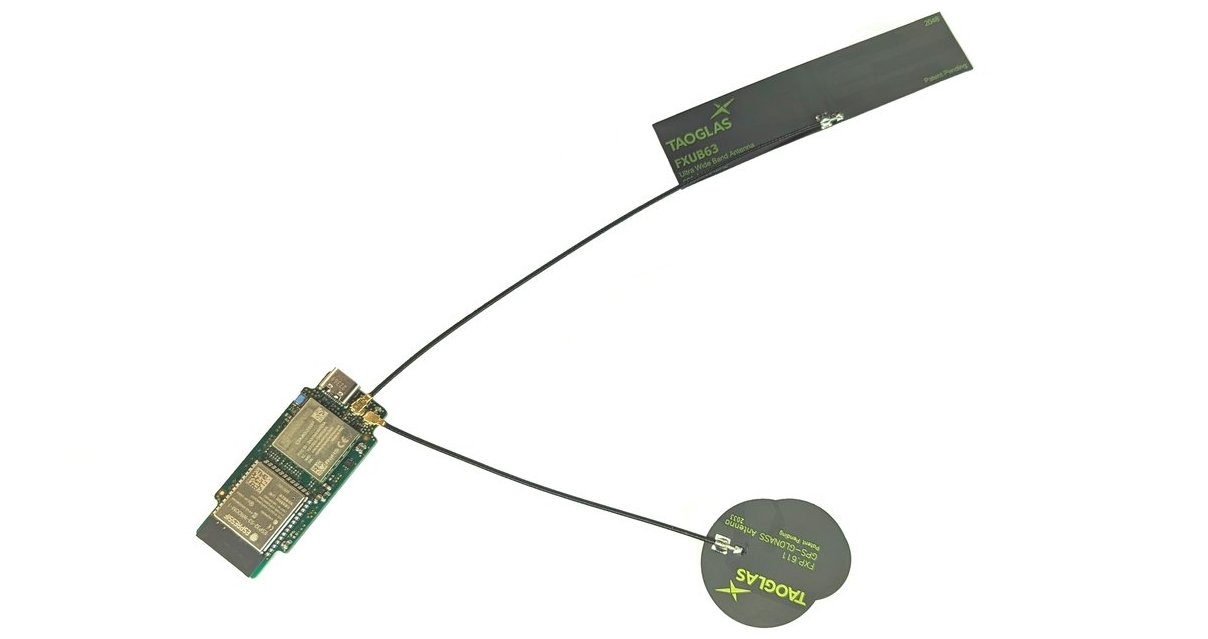
The device is specifically designed for the IoT market and has various power optimization features designed for this module. The device not only offers multiple deep sleep features that the ESP has. Additionally, it allows control over the peripherals with built-in MOSFETs. With the MOSFET, you can turn sensor actuators on or off according to your power budget.
Walter Pinout Diagram
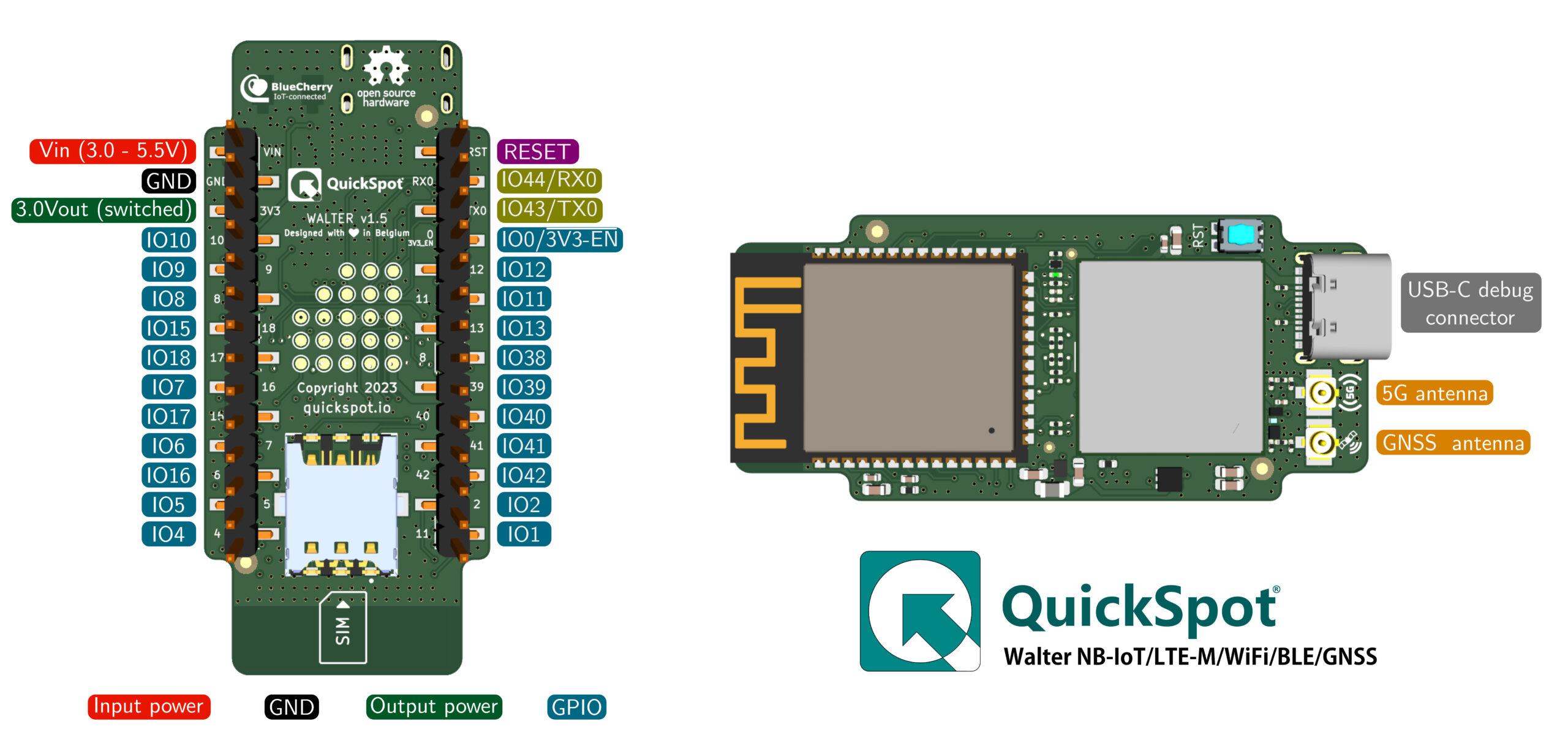
Walter is Open Source
The GitHub repository of Walter features a handy pinout diagram, along with schematics, datasheets, footprints and renders, libraries, documentation, the Walter Feels KiCad project, and many other useful tools.
DPTechnics is developing an open-source simple-to-use Arduino library for the ESP32-S3 module. That will also support features like NB-IoT, LTE-M, and GPS. They are also considering MicroPython and Espuino JavaScript support based on user demand. For detailed hardware control, the ESP-IDF framework is always an option. They plan to put a guide and the necessary software and designs on GitHub under a free license, but it’s not ready yet.
Walter specifications:
- ESP32-S3-WROOM-1-N16R2 Microcontroller:
- Dual-core LX7 CPU, 16 MiB flash, 2 MiB PSRAM
- Wi-Fi 4 (150 Mbps), Bluetooth 5 LE
- Sequans GM02SP 5G Modem:
- LTE-M/NB-IoT, 3GPP LTE up to release 17
- Ultra-low deep-sleep mode, adaptive output power
- GNSS with GPS and Galileo, integrated LNA, SAW filter
- Integrated & Nano SIM, u.FL RF connectors
- I/O & Connectivity:
- 24 GPIO, UART, SPI, I2C, CAN, I2S, SD
- ADC, DAC, PWM, 3.3V output, USB Type-C
- Reset button, 22 test points
- Power Supply:
- 5V via USB-C, 3.0-5.5V via Vin
- Low quiescent current design
- Form Factor & Compatibility:
- 55 mm x 24.8 mm, 2.54 mm headers
- Breadboard friendly, Pycom GPy compatible
- Software & Platform:
- Supports Espressif IDF, Arduino, Micropython
- Future support for Toit, BlueCherry.io compatible
- Certifications & Guarantee:
- Industrial temp range -40°C to +85°C
- Pending global certifications
- Manufactured in EU, 10-year availability
The Walter board is made in the EU for long-term availability. It costs 49.95 Euros for the bare module, 69.95 Euros for the module with certified antennas, and 250 Euros for a developer kit with extras. DPTechnics is starting a Kickstarter for approvals and mass production.
More details about the product can be found on QuickSpot.io or you can check out crowdsupply for the same.





